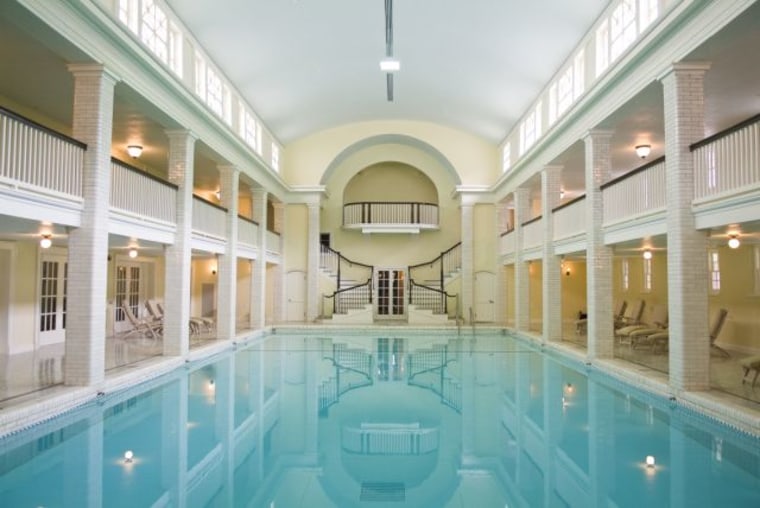Every city in the world has its grande dame hotel—a classic hotel that speaks of a bygone era and often holds cherished personal memories. Your grandmother, maybe, had her prom in the gilded ballroom, or your parents spent an anniversary weekend in a lavish suite. It may be one of your favorite watering holes, thanks to the wood-paneled lobby bar that’s manned by a bartender older than Methuselah.
Many of these classic hotels, such as the Skirvin Hotel in Oklahoma City, were built at the turn of the century when cities were experiencing major growth. They were centrally located and boasted beautiful Beaux Arts or Italian Renaissance architecture. Naturally, they attracted the beau monde—society matrons, political figures, movie stars, European royals and business tycoons. International grand dames include The Connaught and Langham, both in London, and Zurich’s Dolder Grand.
“Many travelers want to make the hotel part of their travel experience, and not just where they lay their head,” says Mary Billingsley, public relations director of Historic Hotels of America, an exclusive association whose members must be at least 50 years old and deemed historically significant. “They are looking for hotels that offer a sense of place, a sense of community. Often, these hotels were the social hub of the city, and many of them were just really beautiful.”
In many cases, changing times and tastes caused these icons to fall out of favor as people moved on to the next big thing. The hotel’s interiors became tired—faded wallpaper, worn carpets. Their once cherished “grande dame” monikers became not a badge of honor, but a barb.
In the '60s and '70s, as many historic buildings fell to the wrecking ball, there was a call to action from preservations and forward-thinking individuals to save these beloved institutions. In the years since, many have embarked on ambitious renovations aimed at recapturing their prior prominence.
“In addition to preserving what makes them unique, [these hotels] had to adapt to the times and offer the amenities that today’s travelers require such as high-tech gadgets, spa services and gourmet cuisine, or they wouldn’t survive,” says Billingsley. “While they are classic properties, they are still a business.”
A prime example of the classic hotel reborn is New York’s Plaza Hotel, built in 1907. It’s perhaps the most famous hotel in the country, having hosted everyone from Marilyn Monroe to the Beatles; it was also the venue for Truman Capote’s famous Black and White Ball. (That’s not to mention being the home of Eloise, the fictional girl of Kay Thompson’s beloved books.) Fresh from a $400 million, two-year, lobby-to-roof renovation, the Beaux Arts masterpiece is once again the crown jewel of New York’s hotel scene.

“The Plaza means so many things to so many people, everyone has a story about it,” says Shane Krige, the Plaza's general manager. “People remember the beautiful landmark spaces—the Fifth Avenue lobby, the Oak Bar and, in particular, the Palm Court with its spectacular stained-glass domed ceiling. All of it has been restored to its original grandeur and glory. The designers and developers have done a fantastic job of bridging the Old World with the New World.”
Another grande dame that’s been recently reborn is the 11-story Stoneleigh Hotel in Dallas, Texas, first opened in 1923. The glamorous Art Deco interiors by Dorothy Draper made this hotel the premier gathering spot for prominent locals and visiting dignitaries and celebrities. Social, artistic and cultural events took place every weekend, and the Lion’s Den bar was frequented by famous guests that included Elvis Presley and Judy Garland. But time took its toll, and the Stoneleigh suffered from neglect—until 2006, when it was closed for a $36 million renovation. It recently re-opened.
In the world of luxury hotels, there’s always a newer and trendier place nipping at hotspots' heels, but classic hotels have certain qualities that can help them thrive even in the modern age. Says Billingsley, “They have an aura about them and a sense of history that can never be replicated.”
